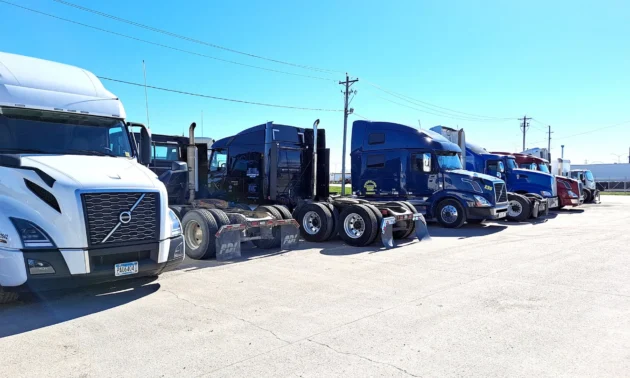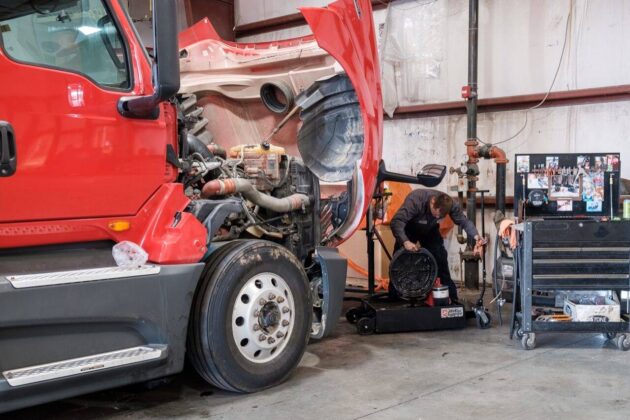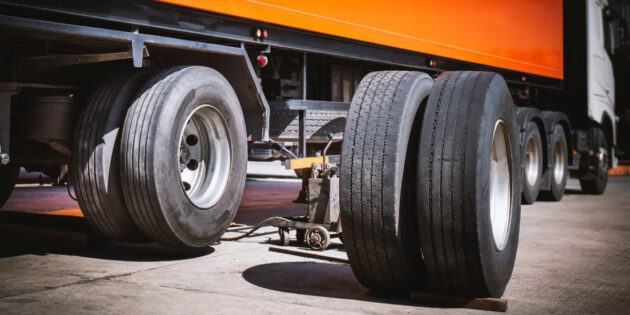Truck body repairs are not just expensive. They are also unpredictable. When you are on the road, the last thing you need is for your truck to stop working.
By familiarizing yourself with some common issues and how to repair them, you can avoid such situations, save some money, and make your delivery on time.
Continue reading to learn more about common truck issues and how to repair them.
5 Common Truck Issues And How To Fix Them

The best piece of advice for any truck driver is to always carry a toolbox with essential tools, spare parts, and necessary equipment that can easily get you out of a ditch. You can create your toolbox by shopping here.
At Maxim, you’ll find a huge range of engine components and tools for your heavy-duty trucks and trailers at affordable prices. Now, let us dive deep into truck repair.
-
Truck Engine Overheating

Truck engine overheating is the most common issue experienced by truck drivers, especially the ones who drive for hours during the summer.
Not only is getting this issue fixed professionally costly, but it can also cost you several jobs. To avoid your truck engine from overheating, understand what causes the truck engine to overheat.
Engine overheating is caused by several contributing factors. Most importantly, it is caused by the absence of coolant.
When there isn’t enough coolant because of a leak or negligence, the truck will burn more fuel, it will not be able to pick up speed, and it will cause the engine to overheat.
Truck engines can also overheat because of a faulty thermometer, an inefficient radiator cap, or a broken water pump system.
To prevent your truck’s engine from overheating, you must refill the coolant regularly and check for any leaks. Ensure that the radiator is not blocked by any debris and that its cap is not broken and properly fixed.
Another great preventative measure you can take is to not overload your truck and drive it constantly in high-temperature situations. If you ever find yourself in a situation where your truck engine is overheating, then here is what you should do to fix it.
First and foremost, stop the truck in a safe location. Let the engine cool down slightly before assessing the situation.
-
Oil Change-

Engine oil lubricates the engine parts so that there is less wear and tear to these parts, and the truck can run smoothly. Over time, the quality of the oil degrades, and its quantity depreciates.
Low and bad-quality oil in your truck can cause your car to break down and lead to overheating issues. Therefore, you need to clean the oil filter and reservoir, replace the old oil, and fill the oil reservoir with fresh oil regularly for optimal performance.
To do so, buy the oil that is approved by the truck manufacturers for your specific truck. Next, to replace the oil from the oil reservoir, make sure that the oil is still warm but not hot. Wear a face cover and gloves before accessing the undercarriage of your truck.
Place a pan underneath the oil plug to collect the oil, and then loosen the oil plug. Let the oil drain completely. Afterward, remove the oil filter to clean it and then fill the oil as instructed by the manufacturer.
-
Brake Repairs-
Brake failure is every trucker’s worst nightmare. Over 30% of truck accidents caused in America are due to brake failure. Thankfully, it is totally preventable and easily fixed.
The most common cause behind brake failure is faulty brake pads. To fix this issue, start by removing brake fluid from the cylinder with a siphon.
Lift the truck with a trolly jack and remove the wheel assembly. With a flashlight, inspect the brake assembly for fluid leaks, broken rotor, or brake line leakage.
Then, remove the brake pads and fix any of the above issues before replacing them with new brake pads. To avoid damaging your brake system in the future, avoid placing a heavy foot on the break suddenly.
-
Tire Replacement-

You can cause your truck and yourself serious damage by driving with old and improperly inflated tires.
To get the most out of your truck tires, check the tire pressure regularly and get them adjusted at a service station. Replace the tires when they have a lot of debris lodged into them, and they appear worn out.
-
Low Battery-
Driving with an old battery is knowingly throwing your truck in a ditch. When your truck’s battery is failing, the truck becomes susceptible to unexpected breakdowns and electrical failures.
If the dashboard components are flickering constantly and your headlight is too dim, then that is a sign for you to replace your battery.
Replacing a truck battery is relatively easy and requires basic mechanic skills. First and foremost, you require a compatible truck battery for your truck. Next, locate the battery under the hood and unscrew its bolts safely to remove the cable. Remove the old battery from the car.
Clean the battery tray and inspect the battery clamps. Place the new battery in the cleaned battery tray and install the power cable. Once the cables have been properly installed, run the engine to see whether the new battery works. If yes, then you have successfully changed the battery.
Truckers spend a lot of time on long, winding roads for miles every day with no service station in sight. Therefore, they need to be equipped to deal with all possible emergencies. Hopefully, this article was able to shine a light on common issues and the best way to fix them yourself.